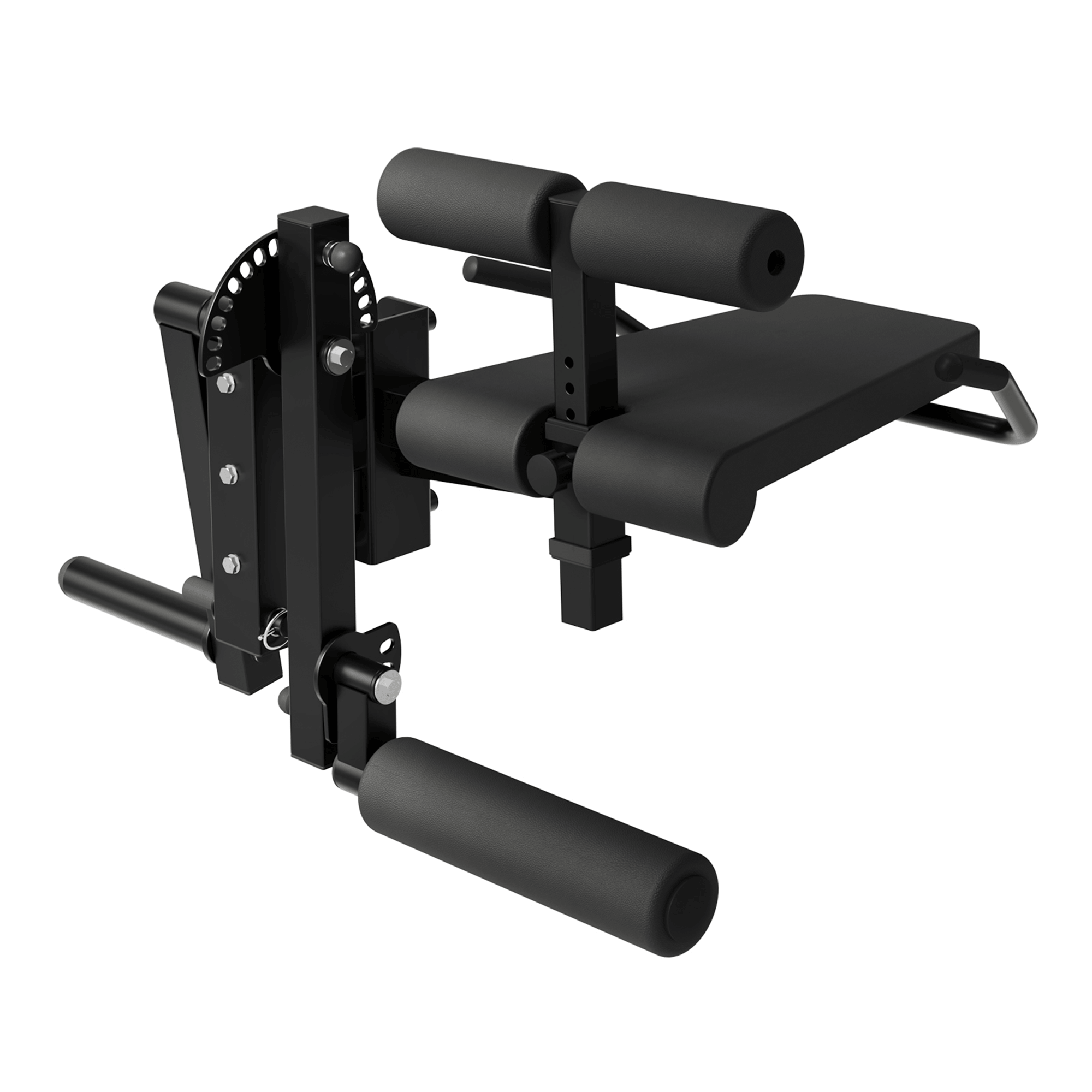When you're starting (or even deepening) your fitness journey, you'll often hear trainers talk about sets and reps. But if you've ever found yourself wondering, "What’s the difference between sets and reps?" — you’re not alone. Understanding these fundamental concepts can make a major impact on your progress, whether you're aiming to build strength, lose fat, or improve endurance.
In this article, we'll break it down clearly and simply: what's the difference between a set and a rep, how they work together, and how you can use them to better structure your training.
What Is a Rep?
A rep (short for repetition) is a single complete movement of an exercise. For example:
-
One squat
-
One push-up
-
One deadlift
In other words, a rep is one full execution of a movement, from start to finish. The quality of each rep matters — performing reps with proper form ensures you're targeting the right muscles while avoiding injury.
What Is a Set?
A set is a group of consecutive repetitions performed without rest. So if you do 12 squats in a row, those 12 reps make up one set.
Most workout programs are structured like this: perform a set of a certain number of reps, take a rest, then repeat.
For example:
-
3 sets of 12 reps of squats
This means you would do 12 squats, rest, repeat 12 squats, rest, and do 12 more squats.
What's the Difference Between Sets and Reps?
Put simply:
-
Reps are the number of times you perform an exercise movement continuously.
-
Sets are the number of cycles you complete of those repetitions.
Think of it like this:
-
Reps are the actions.
-
Sets are the groupings of those actions.
Both are essential tools that help you manage exercise volume, intensity, and rest — all of which play crucial roles in how your body adapts.
Why Sets and Reps Matter
How you organize sets and reps influences your workout goals:
-
Building strength: Typically requires fewer reps (3–6) with heavier weight over more sets.
-
Building muscle (hypertrophy): Involves moderate reps (6–12) with moderate to heavy weight.
-
Building endurance: Involves higher reps (12–20+) with lighter weight and potentially fewer sets.
Choosing the right combination will align your training with your goals. For instance, if your aim is to sculpt lean muscle, you’ll likely work within the 8–12 reps range across 3–4 sets for most exercises.
Practical Example
Imagine you’re working on improving your upper body strength with bench presses. Your workout plan might look like this:
-
4 sets of 5 reps at a heavy weight
-
Rest 2 minutes between sets
On the other hand, if you’re training for muscular endurance, it might look like:
-
3 sets of 15 reps at a lighter weight
-
Rest 30–60 seconds between sets
Final Thoughts: Master the Basics for Better Results
Understanding the difference between sets and reps helps you train smarter, not just harder. Whether you're lifting heavy, aiming for muscle tone, or simply improving your fitness, structuring your workout with the right number of sets and reps ensures you get the most out of every session.
Before your next workout, take a moment to think: Are your sets and reps matching your goals? A little strategic planning can lead to big results over time.












































Leave a comment
This site is protected by hCaptcha and the hCaptcha Privacy Policy and Terms of Service apply.